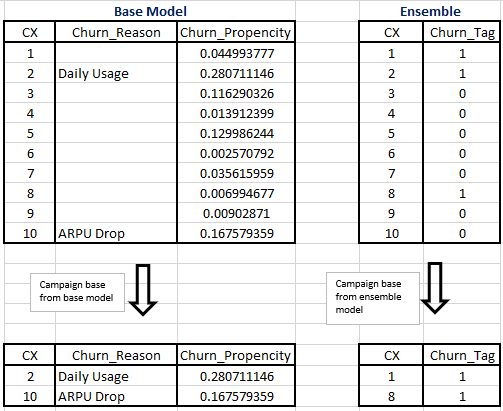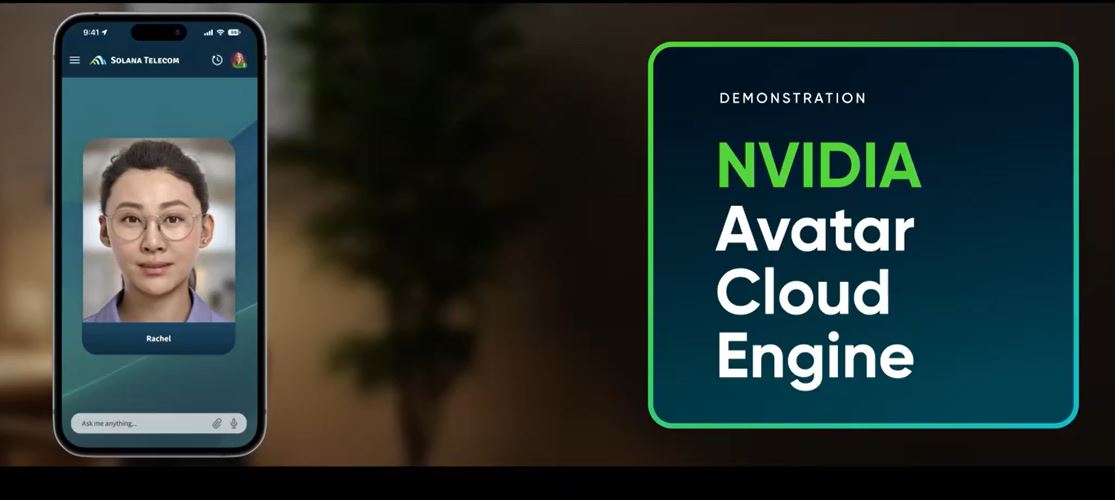Critical vulnerabilities in F5's BIG-IP Next Central Manager expose top networks to intrusion. Hackers target appliances used by Fortune 50 companies for load balancing and encryption.
AI ethicists warn of potential psychological harm from 'deadbots' that recreate deceased individuals, urging regulation. University of Cambridge researchers suggest creating chatbots of dead relatives could 'haunt' users.
AI tools accelerated by NVIDIA RTX enhance video editing in DaVinci Resolve 19, streamlining workflows with new AI features. Resolve's AI-powered effects, including IntelliTrack AI point tracker and UltraNR for noise reduction, are optimized for NVIDIA RTX PCs, boosting performance by 2x.
Elon Musk's lawsuit against OpenAI and Sam Altman sees judge removed due to challenge under California law allowing removal of biased judges. California Code of Civil Procedure 170.6 grants plaintiffs and defendants one peremptory challenge to ensure an impartial trial.
Dialog Axiata tackles high customer churn rates with innovative Home Broadband Churn Prediction Model, utilizing advanced ML models. Strategic use of AWS services boosts efficiency and AI/ML applications, leading to significant progress in digital transformation efforts.
NVIDIA CEO urges embracing AI advancements showcased in futuristic avatars demo at ServiceNow event in Las Vegas. Avatars powered by cutting-edge AI technologies promise to enhance customer service interactions and revolutionize enterprise operations.
MARSOC tests Ghost Robotics' Q-UGVs for recon, arms from Onyx Industries. Armed with Onyx's SENTRY RWS, robots can detect targets globally.
AI chatbots like ChatGPT, LLaMA, Bard, and Claude are impressing users with their advanced natural language abilities. A study shows AI can outperform humans in generating convincing moral arguments.
Regulatory compliance is crucial in finance to protect customers, institutions, and the economy. Utilizing tools like Weights & Biases helps ensure AI-driven financial models meet regulatory standards, promoting transparency and integrity in the sector.
Specialist Dr. Carina Popovici uses AI to identify up to 40 fake paintings on eBay, including 'Monet' and 'Renoir'. Cutting-edge technology reveals shocking results in authenticating artwork.
LLMs enable state-of-the-art results with minimal data. Amazon SageMaker JumpStart simplifies fine-tuning and deploying models for NLP tasks.
Netflix's The Circle introduces AI chatbot contestant Max, sparking debate on AI's role in entertainment. Max, a front for an AI chatbot, adds a new twist to the reality show, raising questions about the use of AI in film and TV.
PCA is used to reduce dimensionality and cluster Taipei MRT stations based on hourly traffic data. Insights on traffic patterns and clustering reveal similarities in passenger proportions throughout the day.
Hyperparameters in ML impact model performance significantly. Automated hyperparameter optimization can enhance model efficiency.
ML Model Registry: A centralized hub for ML teams to store, catalog, and deploy models, enabling efficient collaboration and seamless model management. Weights & Biases Model Registry streamlines model development, testing, deployment, and monitoring for enhanced productivity in ML activities.















